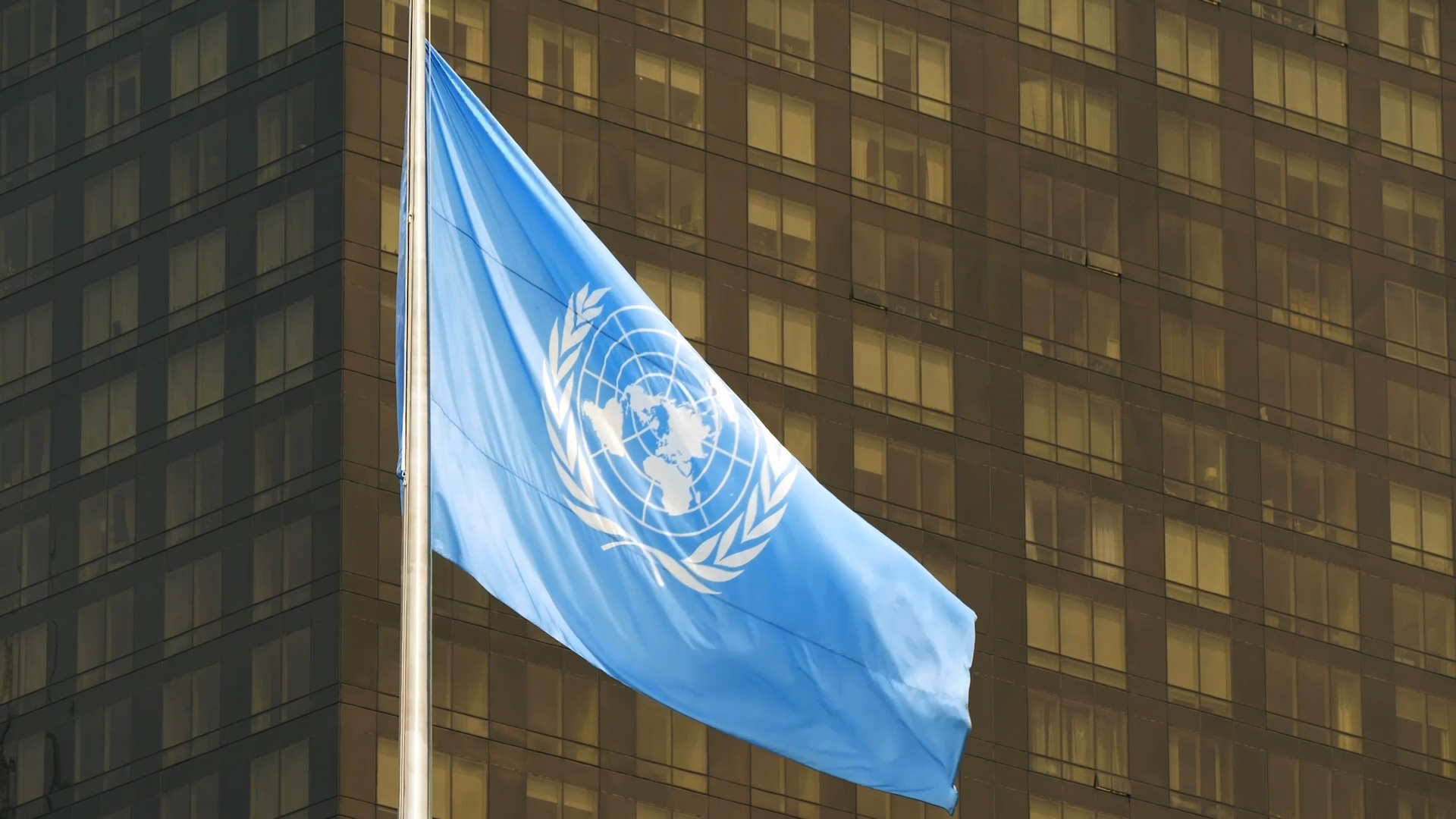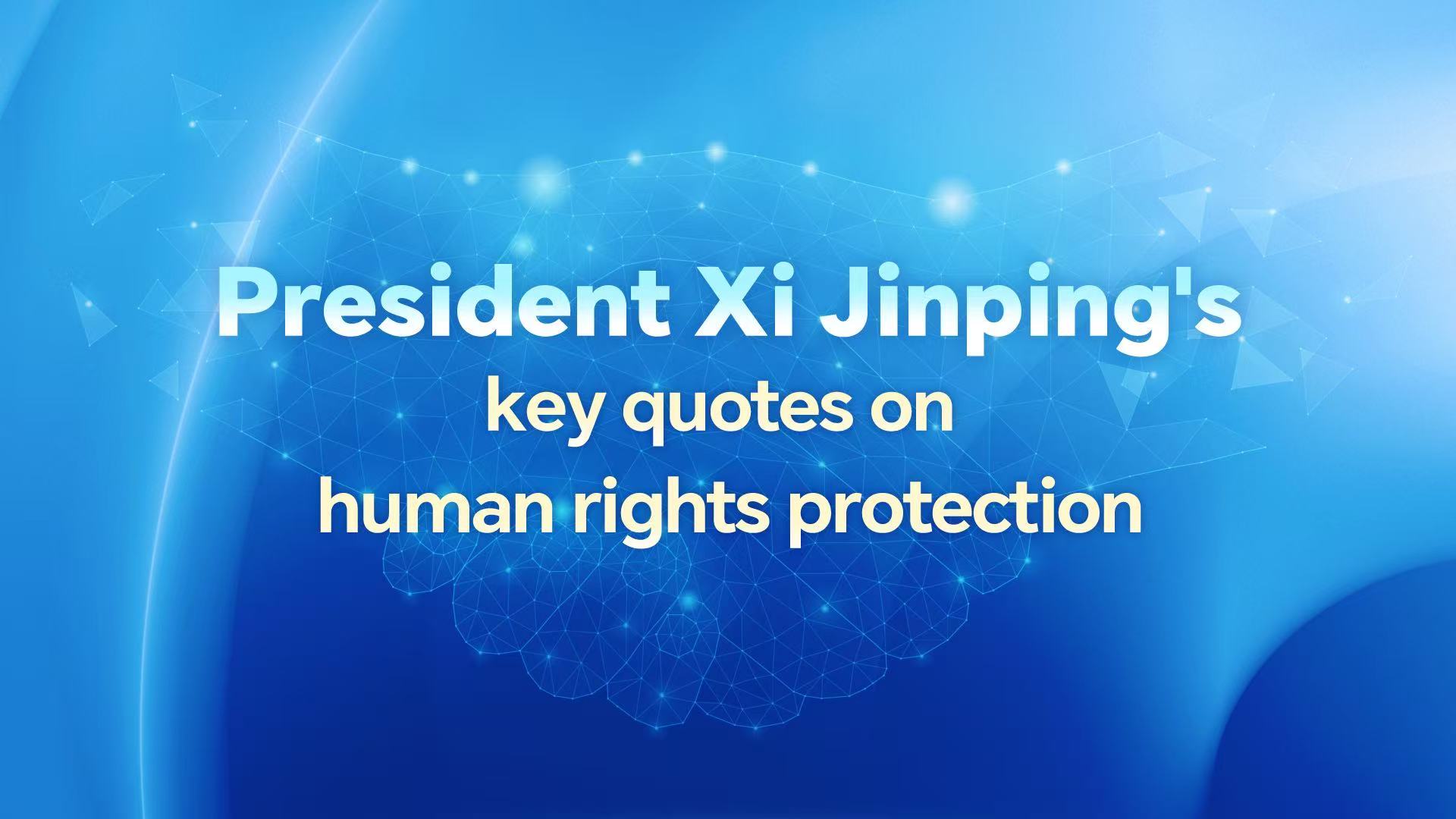China A Market Safe Haven?; Gaza Tensions; Ukraine Jet Crash Signals Defense Strain; Tariffs Deepen U.S.-China Trade Rift

International Finance Reactions: China and Global Markets
International perspectives are contrastingly highlighted by Tencent's coverage of global reactions to Chinese markets. According to Tencent, geopolitical tensions, like tariff disputes initiated by the U.S., have prompted a rush for the Chinese Yuan by foreign investors. This finance-driven narrative positions China as a stable investment environment, contrasting with the economic turbulence faced by Western markets.
Such dynamics offer insights into how China's economic strategies position itself as both a regional stabilizer and a global economic safe haven amidst growing international financial apprehensions.
Conflict and Strategic Concerns in the Middle East
The Gaza airstrike coverage from United Daily News highlights the continuous cloud of tension hounding Israel and Palestine. It reports that an Israeli strike targeted a significant hospital in Gaza, purportedly used by Hamas militants. Despite the devastation of medical facilities, Israel claims prior evacuation warnings to minimize civilian harm—a narrative seemingly aligning with a broader strategy to justify military actions under humanitarian pretenses. In stark contrast, this story echoes a longstanding division of narratives where one side emphasizes military necessity, while humanitarian narratives underscore potential civilian costs.
Aviation Incidents: Ukraine's Military Challenges
The recent F-16 fighter jet crash in Ukraine, reported by United Daily News, accentuates vulnerabilities amid the ongoing Russo-Ukrainian tension. The story details how Russia downed the Ukrainian jet, marking another setback in Ukraine's attempts to bolster air defense with Western jets. The coverage underscores the persistent challenges Ukraine faces in integrating these complex systems amidst active conflict, raising strategic pondering for global defense partners about the long-term sustainability and effectiveness of such military aid.
The U.S.-China Trade Dynamics
CCTV's report on U.S. trade tariffs brings to light the intricate dynamics of global trade tensions. The focus on potential tariffs targeting U.S. service exports highlights a mutual wariness of economic vulnerabilities. The Chinese narrative criticizes U.S. economic strategies as potentially self-damaging, portraying the trade war as an unfruitful endeavor for American domestic service industries. This perspective might be driven by China's interest in showcasing its resilience and underscoring the economic interdependencies that make adversarial trade policies ineffective.
International Relations and Resource Diplomacy
Insights from Sina's article on U.S.-Ukraine relations depict a complex dialogue on energy resources intertwined with wider geopolitical strategies. The reports of Trump's demands for control over Russian gas pipelines to Europe reflect a broader strategy of energy leverage. They illustrate a diplomatic chess game where energy resources become pivotal bargaining chips, potentially reshaping alliances and reflecting the U.S. administration's approach to recalibrate influence over Russian energy distribution.
East Asian Economic Ties
Negotiations between the U.S. and Japan, reported by the United Daily News, demonstrate precarious balance in international finance. Japan's strong stance against using its U.S. debt holdings as bargaining tools in trade talks highlights a strategic approach to retain economic stability while navigating the pressures of the U.S. stimuli policies affecting the yen's strength. This diplomatic carefulness signals the intricacies of U.S. alliances, potentially hinting at the shifting tides in addressing global economic policies cooperatively.
Cultural and Economic Exchange: A Chinese Perspective
Articles from CCTV underline emerging global connections, spotlighting Sino-Latin America cooperation as emblematic of China's dwindling strategic focus from purely economic to socio-political engagements. The narrative pairs economic invigoration with cultural integration, underlining a 'win-win' cooperation model that counters Western-led narratives, potentially aimed at soothing counter-action stereotypes and fostering deeper, collaborative partnerships away from zero-sum descriptions.



